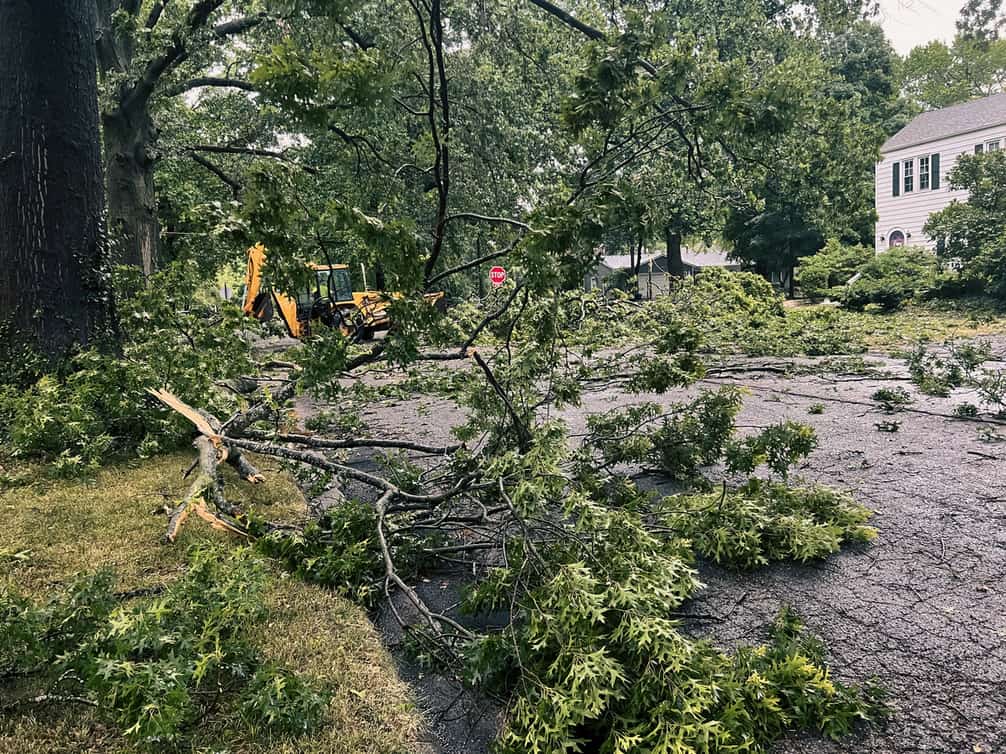Natural disasters can strike anytime, often leaving communities without power for extended periods. In these critical moments, portable generators become lifelines, providing essential power for refrigeration, communication, and medical equipment. This guide will walk you through the crucial steps of preparing your portable generator for natural disasters, ensuring you’re ready when the unexpected occurs.
Choosing the Right Portable Generator
Before diving into preparation, ensuring you have the right generator for your needs is essential. Start by assessing your power requirements for essential appliances. Consider which devices you’ll need to run during an outage and calculate their total wattage. This assessment will help you determine the appropriate generator size.
When selecting a generator, consider the fuel type. Gasoline generators are common and readily available, but propane models offer longer shelf life for the fuel. Dual-fuel generators provide flexibility, allowing you to switch between gasoline and propane depending on availability. For a comprehensive understanding of different generator types and their operations, check out this guide on the basics of portable generators explained.
Portability and storage are also crucial factors. Ensure your chosen generator is easy to move and store, especially if you live in an area prone to evacuations.
Pre-Disaster Maintenance and Preparation
Regular maintenance is key to ensuring your generator is ready when disaster strikes. Establish a maintenance schedule that includes oil changes, filter replacements, and spark plug checks. These routine tasks keep your generator in top condition and prevent unexpected failures during critical times.
Fuel storage and stabilization are equally important. Store fuel in approved containers in a cool, dry place away from living areas. Use fuel-stabilizers for long-term storage to prevent degradation. This practice ensures your fuel remains viable even if stored for extended periods.
Regular testing is crucial. Run your generator monthly, applying a load to ensure it can handle the power demand. This practice keeps the engine in good condition and familiarizes you with its operation. For detailed maintenance procedures, refer to this guide on essential maintenance for portable generators.
Safety Considerations
Safety should be your top priority when using a portable generator. Generators must only be operated outdoors, at least 20 feet from buildings, with the exhaust directed away from occupied areas. Ensure adequate ventilation to prevent the buildup of carbon monoxide, a silent killer.
Install carbon monoxide detectors in your home and be aware of CO poisoning symptoms, which include headache, dizziness, and nausea. If you suspect CO poisoning, move to fresh air immediately and seek medical attention.
Electrical safety is paramount. Use heavy-duty, outdoor-rated extension cords to connect appliances to the generator. Never attempt to power your home by plugging the generator into a wall outlet, a dangerous practice known as backfeeding that can endanger utility workers and neighbors.
Disaster-Specific Preparations
Different natural disasters require specific preparations:
For hurricanes, secure your generator against high winds and protect it from water damage. Consider building a sturdy, well-ventilated enclosure or purchasing a manufacturer-approved cover.
In flood-prone areas, plan to elevate your generator. Create a raised platform or have a plan to move the generator to higher ground quickly. Invest in waterproofing measures for additional protection.
For earthquake preparedness, secure your generator to prevent tipping. Use flexible fuel line connections to reduce the risk of leaks or breaks during seismic activity.
Operating Generators During a Disaster
When disaster strikes, follow proper starting procedures, even in adverse conditions. Monitor fuel levels closely and have a plan for refueling. If possible, rotate usage between appliances and unplug non-essential items when not in use to prevent overheating and extend runtime.
Post-Disaster Care and Maintenance
After the disaster, inspect your generator for damage. Clean and dry it thoroughly, paying special attention to any parts that may have been exposed to water or debris. Change the oil, clean the air filters, and stabilize any remaining fuel to prepare it for storage or the next use.
Additional Emergency Supplies and Equipment
Complement your generator with essential supplies:
- Extra fuel storage containers and transfer pumps
- A kit of spare parts and tools for basic repairs
- Weather-resistant covers or enclosures for protection during use
Conclusion
Preparing your portable generator for natural disasters is critical in overall emergency readiness. Regular maintenance, safety precautions, and disaster-specific preparations ensure that your generator will be a reliable power source when needed.
A well-maintained and properly used generator can significantly improve your comfort and safety during challenging times. Stay prepared, stay safe, and let your generator be a beacon of light in the darkness of natural disasters.











Leave a Reply